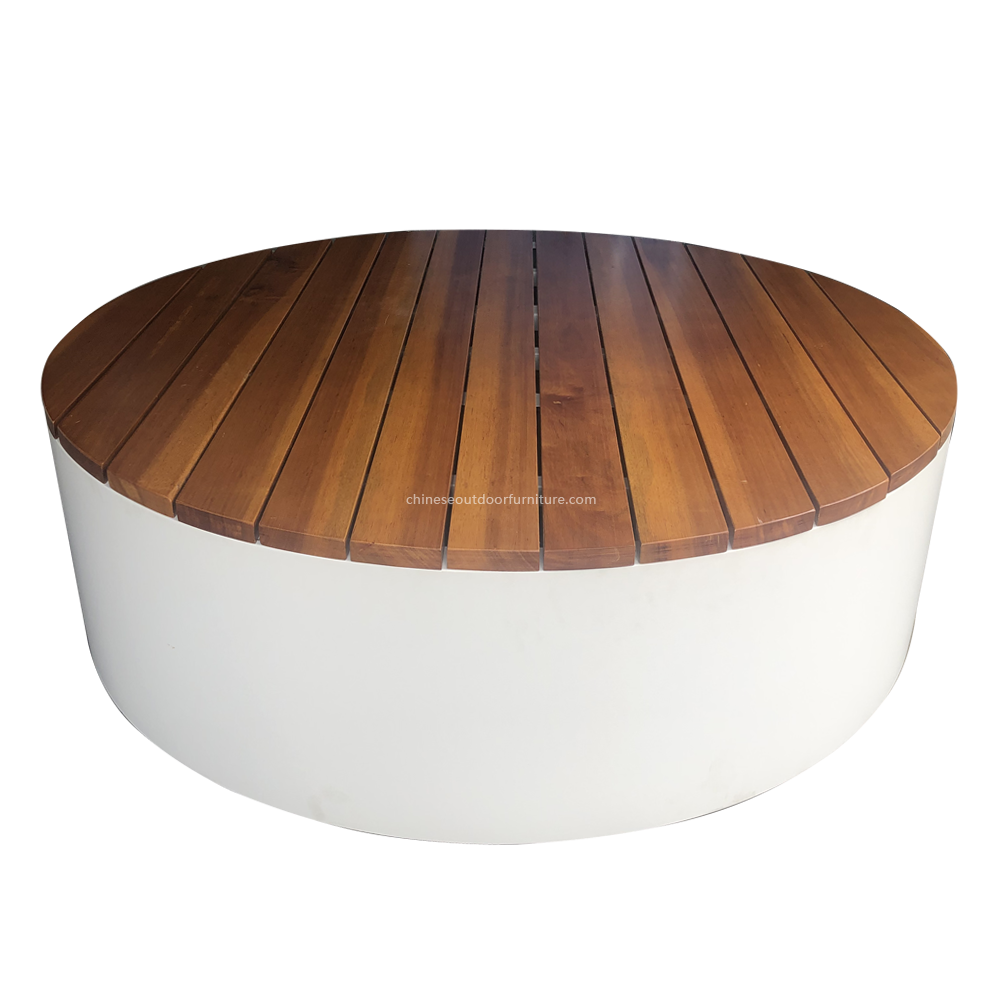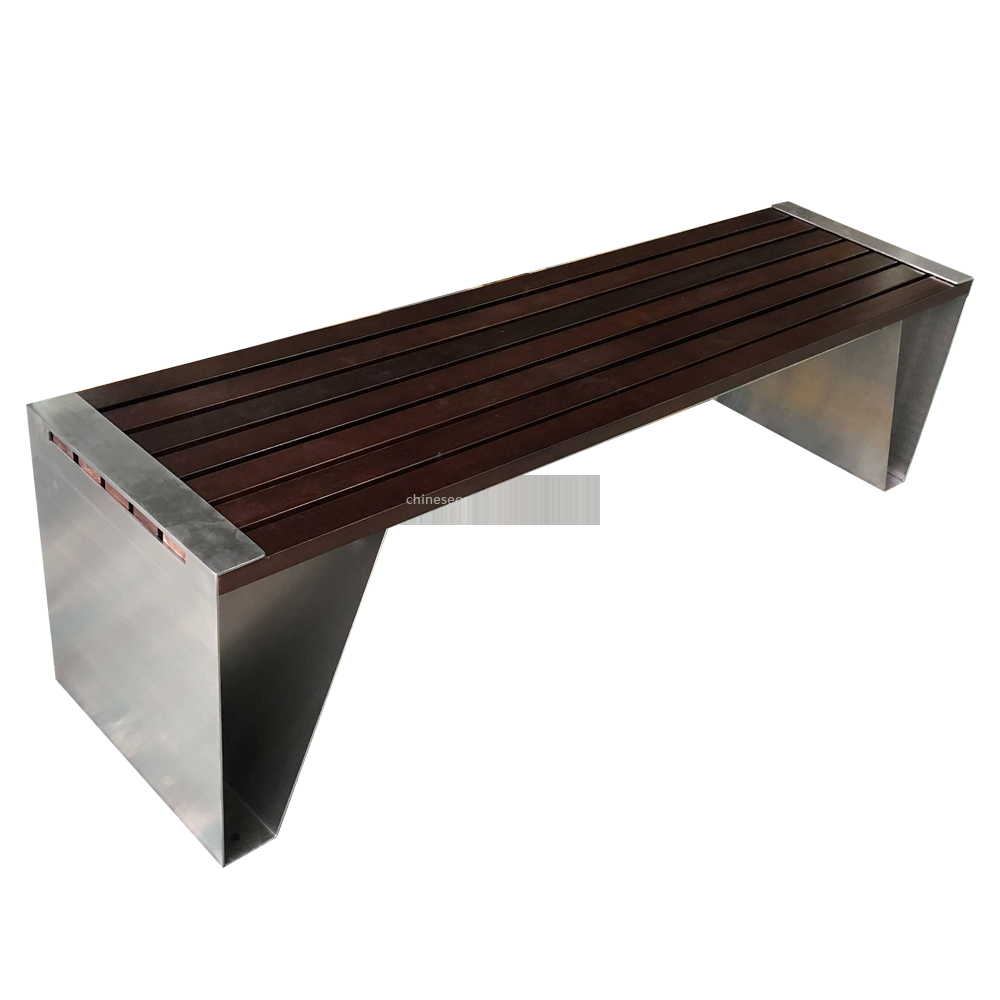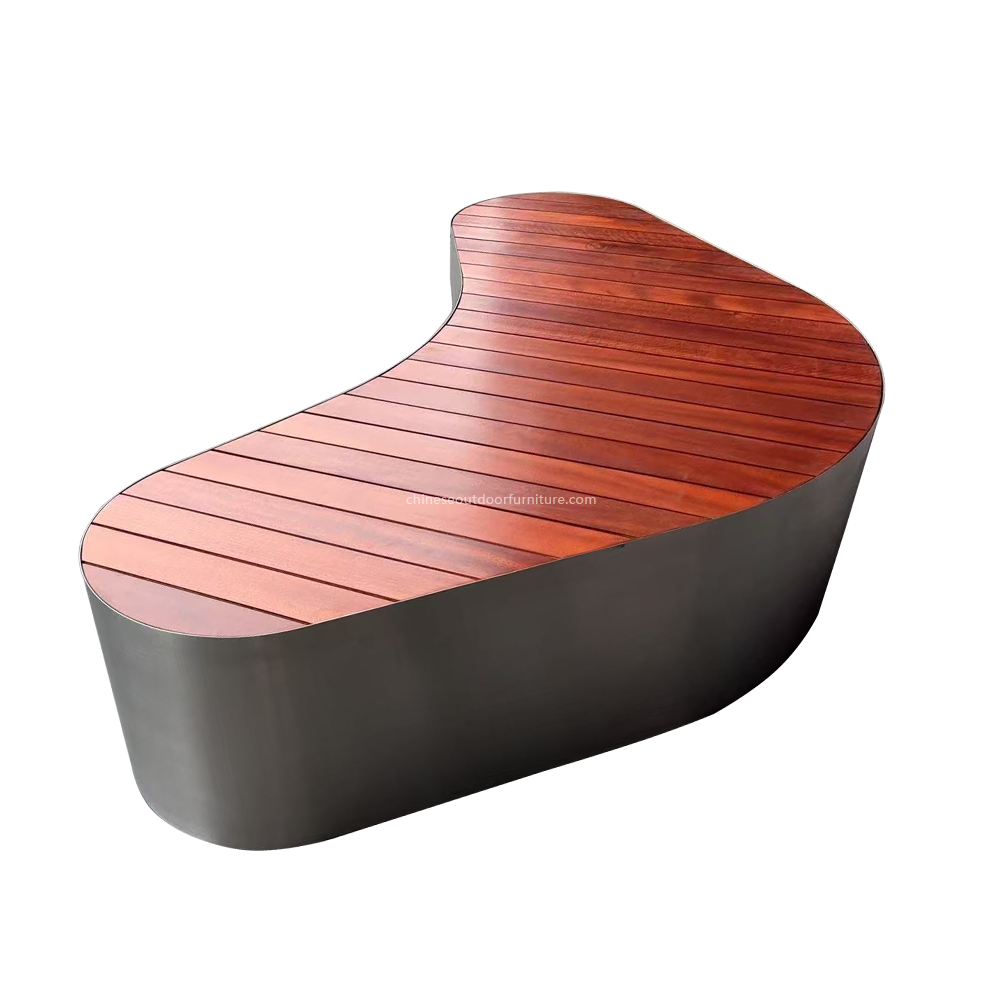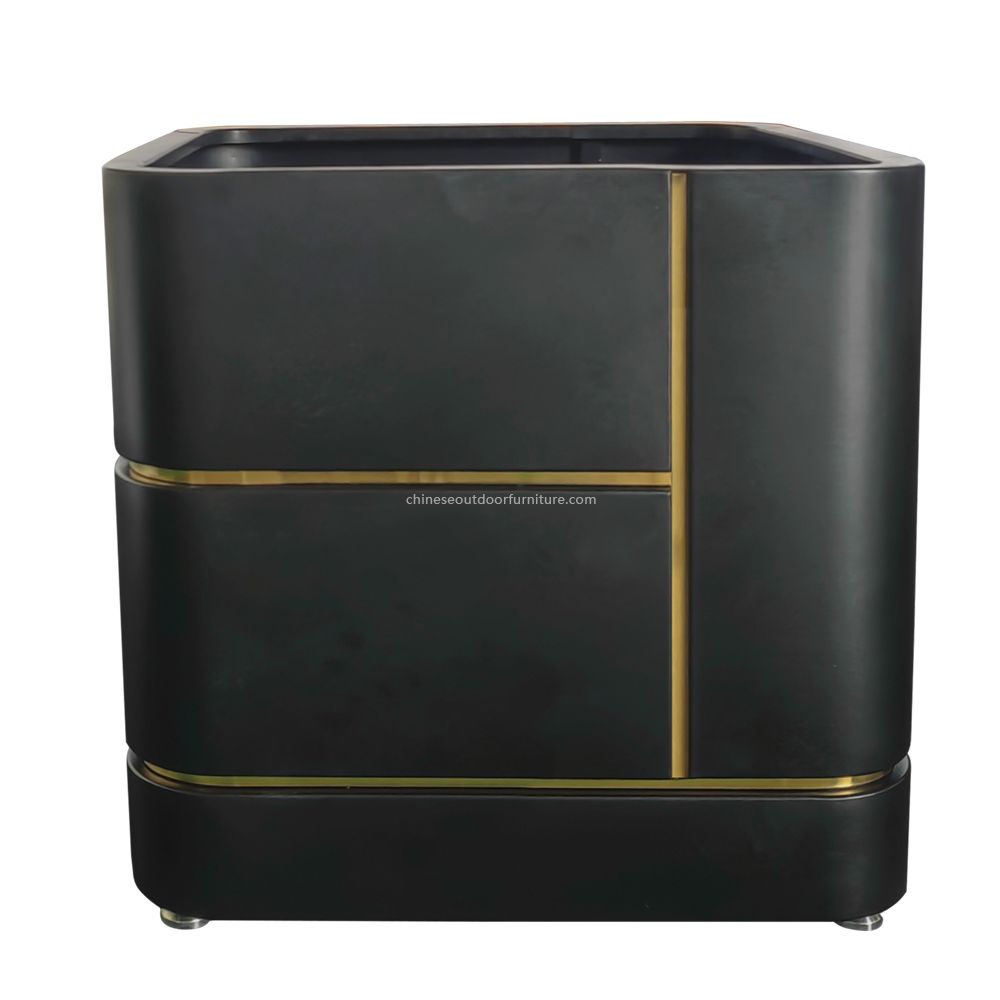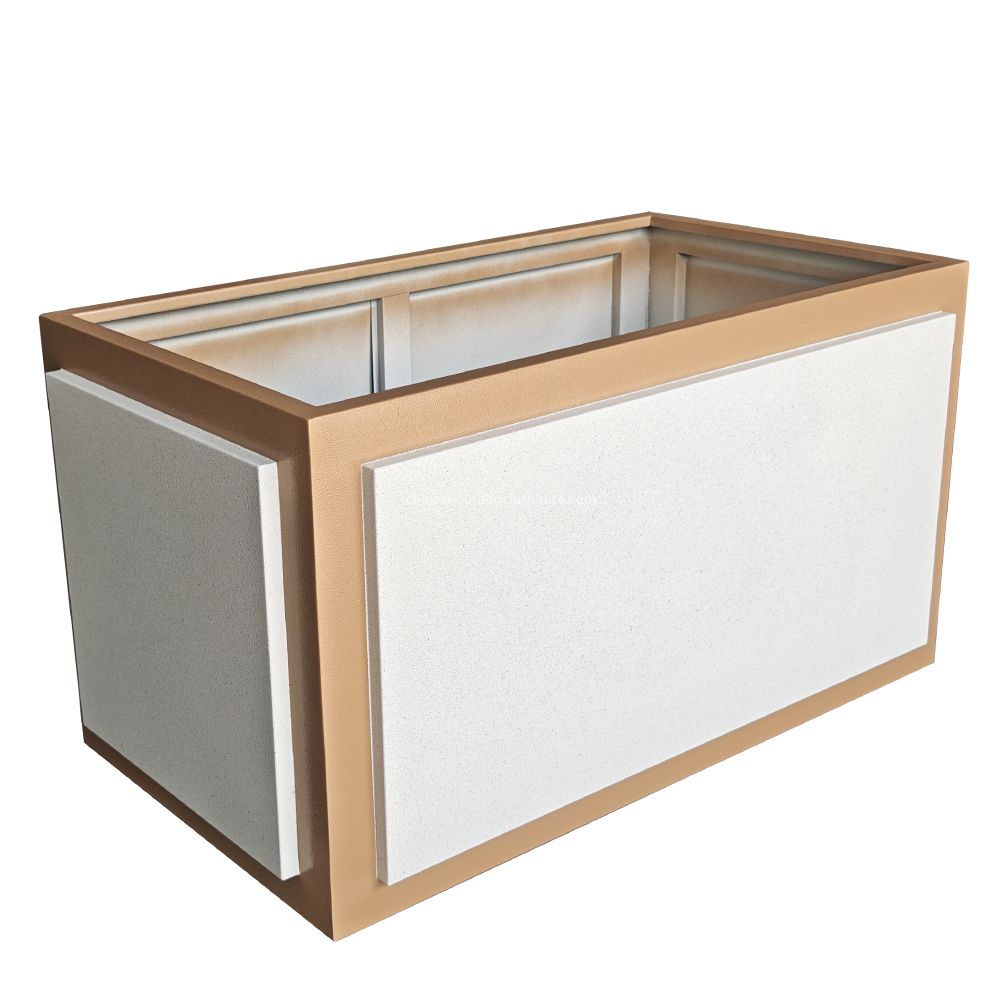Can WPC be foamed to reduce weight while maintaining strength?
Wood-Plastic Composites (WPC) have gained popularity due to their durability, sustainability, and versatility. However, one common challenge is their relatively...
READ MORE...How does resin resist damage from chewing insects or rodents?
Resin is a highly durable material that offers exceptional resistance to damage caused by chewing insects and rodents. Its unique chemical composition and phys...
READ MORE...What are the differences in specific heat capacity between materials?
Specific heat capacity is a fundamental property that measures how much heat energy is required to raise the temperature of a material by a certain amount. Dif...
READ MORE...Are WPC outdoor tables prone to delamination in wet-freeze cycles?
WPC (Wood Plastic Composite) outdoor tables are popular for their durability and low maintenance. However, a common concern is whether they are prone to delamin...
READ MORE...How does resin perform in areas with high particulate air pollution?
Resin, a versatile material widely used in various industries, faces unique challenges when exposed to high particulate air pollution. In areas with elevated le...
READ MORE...What are the differences in thermal lag between WPC and resin?
Thermal lag refers to the time delay between the application of heat and the material‘s response to it. When comparing WPC (Wood Plastic Composite) and resin, ...
READ MORE...Can WPC be co-extruded with protective outer layers for durability?
Wood-Plastic Composite (WPC) is a versatile material widely used in construction, decking, and furniture due to its durability and eco-friendly properties. One ...
READ MORE...How does resin resist damage from candle wax or outdoor heaters?
Resin is a highly durable material known for its ability to withstand various environmental stressors, including heat and wax. When it comes to candle wax, res...
READ MORE...

